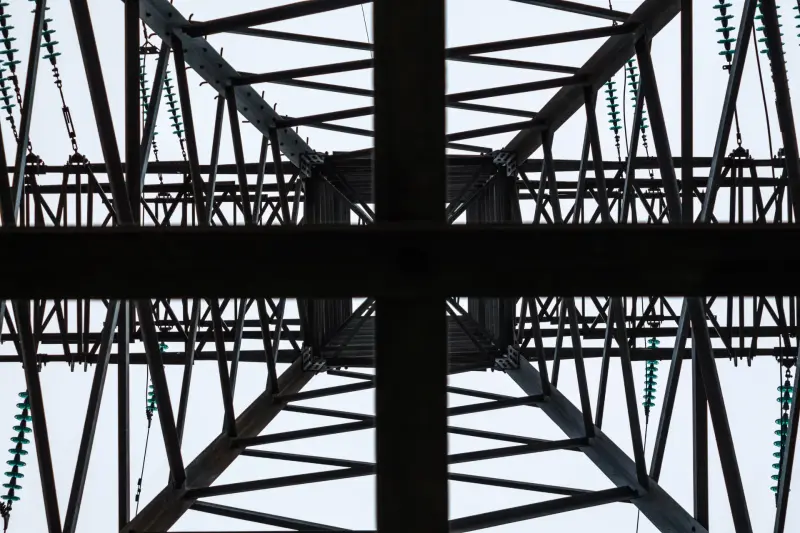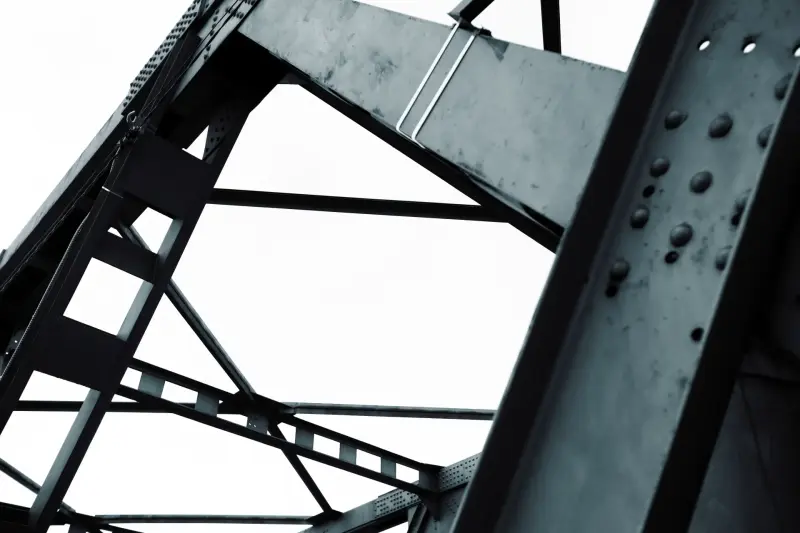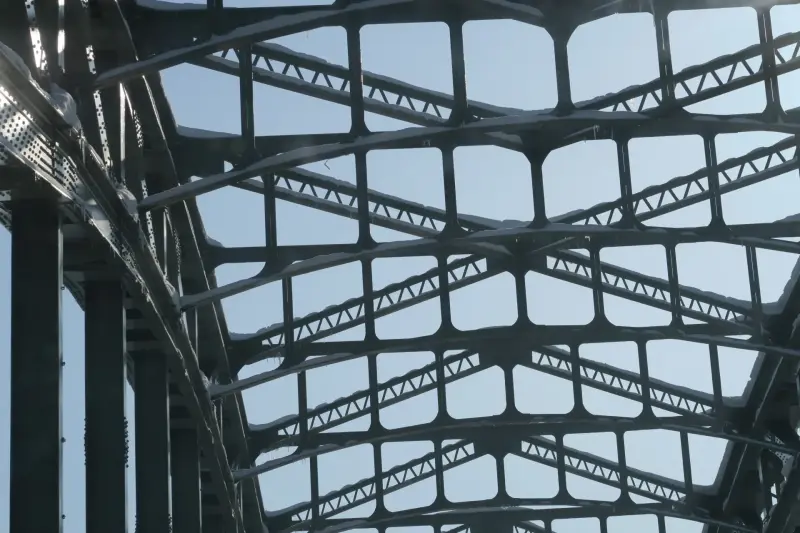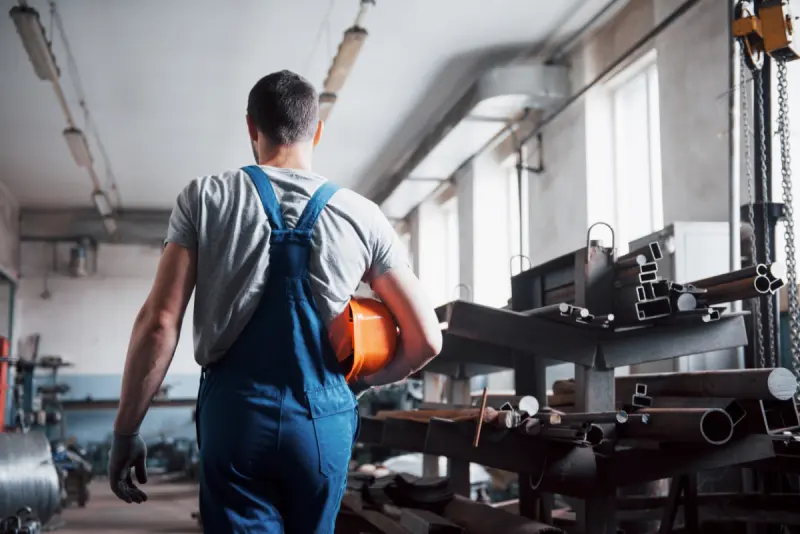Explore the key properties of structural steel, including strength, ductility, toughness, and weldability.
Structural steel is a popular choice in construction due to its strength, durability, and versatility. Made primarily from iron and carbon, it can be shaped and formed to meet the needs of many types of structures.
What Makes Structural Steel Special?
What sets structural steel apart is its combination of physical and chemical properties that offer reliability in demanding environments. It provides high strength while remaining relatively lightweight, and its flexibility in design means engineers can create both simple and complex forms with confidence.
Steel’s toughness, ductility, and resistance to damage make it ideal for structures that must endure heavy loads, harsh weather, and long-term use. Whether it’s used in a bridge or a skyscraper, structural steel supports safety, efficiency, and performance across a range of construction projects.
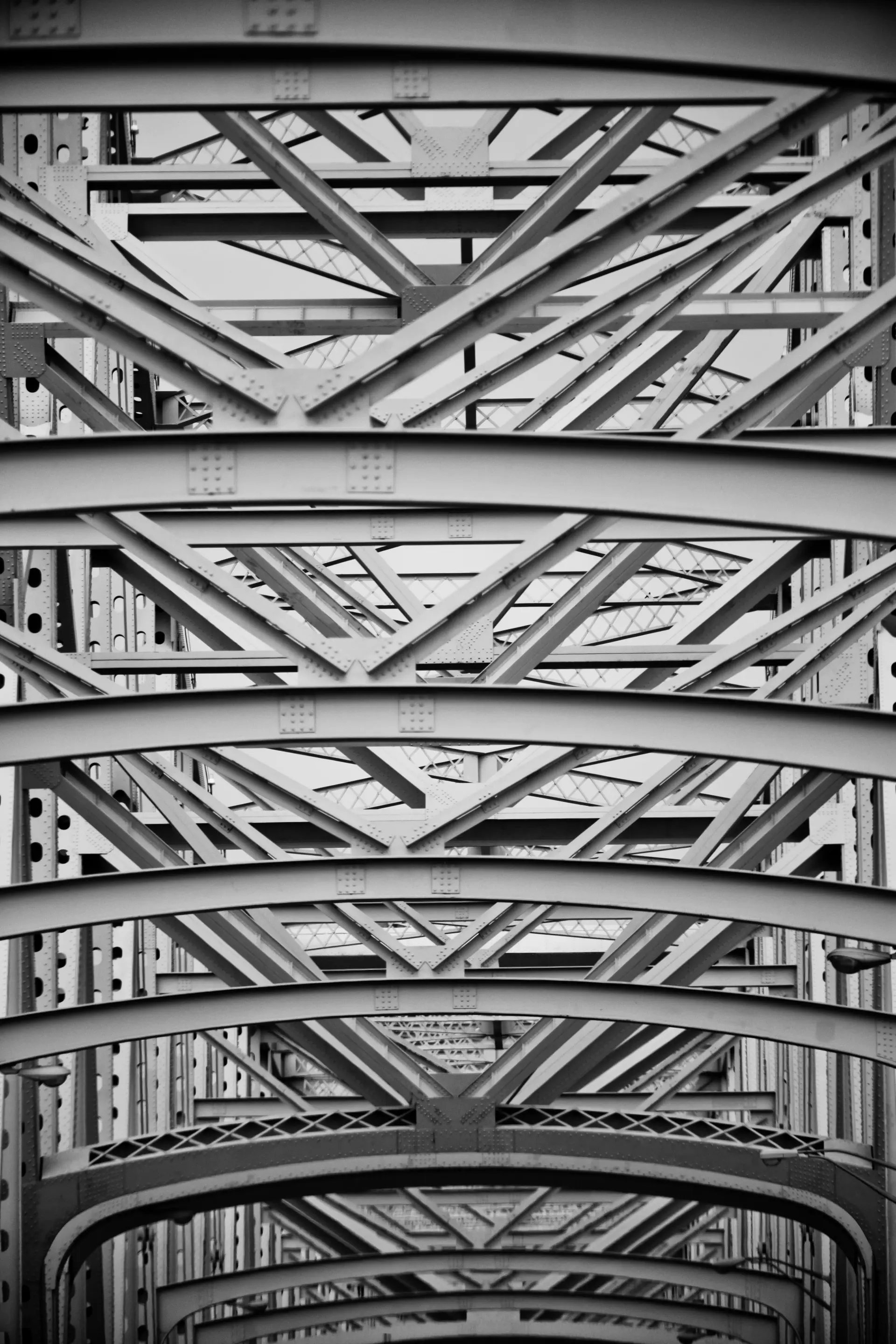
Strength
One of the most important properties of structural steel is its strength. It can bear heavy loads without bending or breaking, making it ideal for high-rise buildings, bridges, and industrial frameworks.
This strength comes from its carefully controlled carbon content, which enhances its load-bearing capacity without making it too brittle.
Ductility
Ductility refers to how well a material can deform under stress without breaking. Structural steel is highly ductile, allowing it to bend and stretch when forces like wind or earthquakes act on it.
This means structures made from steel can absorb energy and move slightly without collapsing - a vital safety feature in modern design.
Toughness
Toughness is the ability of a material to absorb energy before fracturing. Structural steel has excellent toughness, which means it can withstand sudden impacts and temperature changes without cracking.
This makes it suitable for use in environments where both strength and resilience are essential.
Weldability
Another key property is weldability, or how easily steel can be joined using welding methods. Because of its chemical makeup, especially the level of carbon, structural steel can be welded efficiently, forming strong and stable joints.
Good weldability ensures quick and secure assembly during construction.
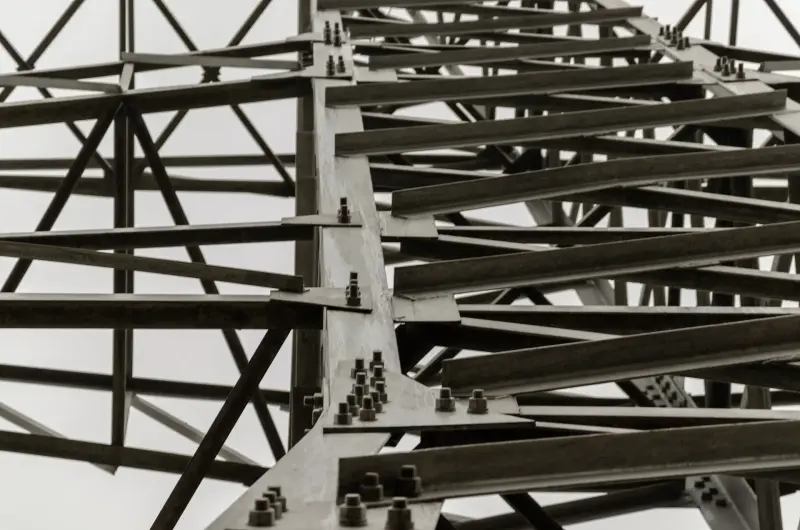
Durability
Structural steel is known for its durability. It resists wear and tear over time and doesn’t easily rot, warp, or split like timber.
When properly maintained, steel structures can last for decades with minimal repairs, making them a cost-effective option in the long run.
Fire Resistance
Although steel can lose strength at very high temperatures, it does not catch fire or fuel flames like wood.
With proper fire-resistant coatings or insulation, structural steel can meet high fire safety standards and help slow the spread of fire in buildings.
Corrosion Resistance
Corrosion is a natural process that affects many metals, especially iron. However, structural steel can be treated or alloyed with other elements to improve its resistance to rust and moisture.
Galvanising and painting are common methods used to protect steel in harsh weather conditions or marine environments.
Recyclability
Steel is one of the most recyclable materials in the world. It can be melted down and reused without losing its properties, which reduces waste and saves energy.
This makes structural steel a sustainable choice for modern building projects aiming to lower their environmental impact.
Anderson Engineering And Welding Services are trusted structural steel suppliers serving Manchester and the North West. From design to installation, we deliver strong, custom steel solutions for commercial and residential projects.

